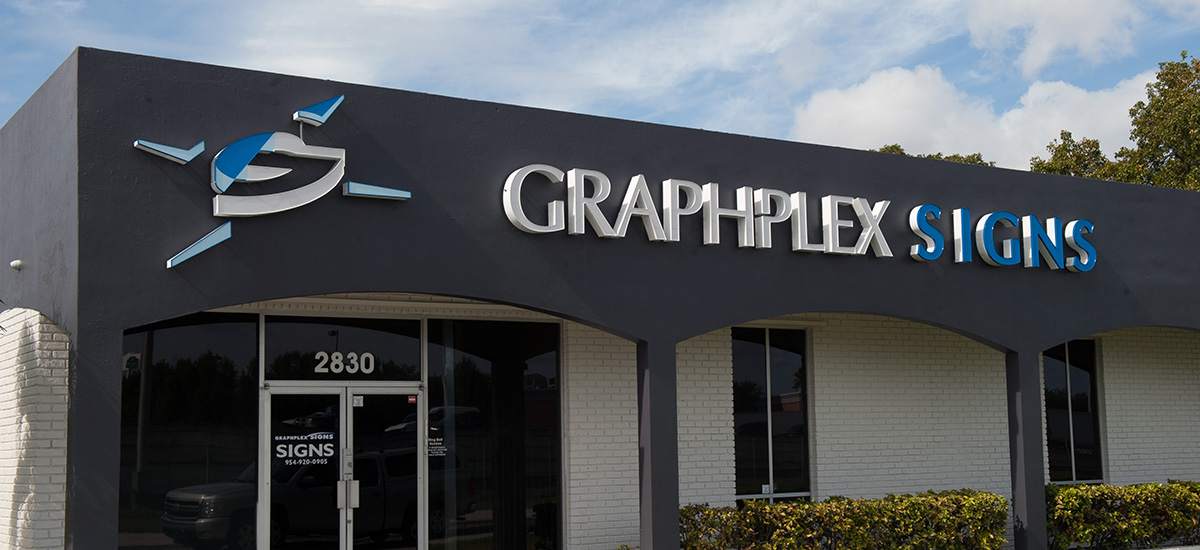
FLASHBACK! RETROREFLECTIVITY
Retroreflectivity. If the word were any longer it would need a permit! It’s a real word, even though it’s not in dictionary.com. After all, the US Department of Transportation uses it in official documents. No surprise there, since it has to do with road signs, among other things. The DOT, in fact, has Minimum Sign Retroreflectivity Standards on its books.
RETROREFLECTIVITY RULES
The dictionary.com definition for “retroreflective” shows why DOT is interested. DOT’s definition is: “of or relating to a surface, material, or device (retroreflector) that reflects light or other radiation back to its source”. The DOT, in short, wants road signs to reflect light from vehicles back toward the vehicles. Back toward the driver, in other words. The less retroreflective a road sign is, the less good it does a driver at night. Signs don’t help if you can’t see them. One reason this matters, to DOT and to all of us, is the safety issue. Only 25% of vehicle travel is at night, but 50% of the accidents are.
So, the need is for road signs, no matter what direction light comes at them from, to bounce most of it back to its source. That’s not what a regular mirror does. A flat, plain mirror reflects light at the same angle it came from – but in the opposite direction. For example, light rays coming at a mirror from lower left get bounced back toward the upper right. There are two technology solutions to making a surface retroreflective.
HOW?
Glass bead technology dates back to the 1930s. It was actually inspired by the way cats’ eyes reflect light. Simply put, tiny glass beads are mixed in with paint. After then painting a reflective surface, the spherical beads can capture light from any direction, and send it back on the same path.
Microprisms are at the heart of the second approach. The triangular prisms are stronger and brighter than glass beads. They don’t have as broad a reach, however. Prisms aren’t as good as beads at handling light from more extreme angles. They work best on very flat surfaces. Like road signs. The microprisms are better at retroreflecting light hitting them from relatively straight angles. That’s what gives them better visibility at longer distances. Like on highways, for example.
ON THE ROAD
If you’ve noticed how road signs have similar visibility and design all over the country, the US DOT gets much of the credit. Change-ups and surprises, especially at night, work against highway safety. Road signage should fully inform drivers with a minimum of attention to them. Florida sign makers know and gladly comply with DOT standards. Tiny glass beads and microprisms help make this so. See? There’s more to those road signs than meets the eye.

